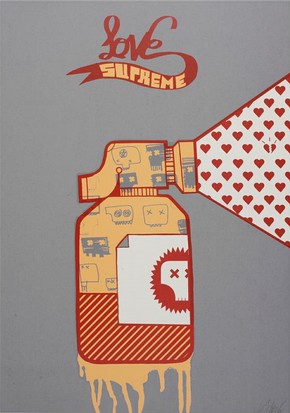Sunday, 31 March 2013
Friday, 29 March 2013
discovery of octopus
The octopus is a cephalopod mollusc of the order Octopoda. Octopuses have two eyes and four pairs of arms and, like other cephalopods, they are bilaterally symmetric. An octopus has a hard beak,
with its mouth at the center point of the arms. Octopuses have no
internal or external skeleton (although some species have a vestigial
remnant of a shell inside their mantles), allowing them to squeeze through tight places. Octopuses are among the most intelligent and behaviorally flexible of all invertebrates.
The octopus inhabits many diverse regions of the ocean, including coral reefs, pelagic
waters, and the ocean floor. They have numerous strategies for
defending themselves against predators, including the expulsion of ink,
the use of camouflage and deimatic displays,
their ability to jet quickly through the water, and their ability to
hide. An octopus trails its eight arms behind it as it swims. All
octopuses are venomous, but only one group, the blue-ringed octopuses, is known to be deadly to humans.
Around 300 species
are recognized, which is over one-third of the total number of known
cephalopod species. The term 'octopus' may also be used to refer only to
those creatures in the genus Octopus.
Friday, 1 March 2013
modern art
sTReEt aRT
sTReEt aRT
sTReEt aRT
sTReEt aRT
shiva
sTReEt aRT
'Love
Supreme', screen print by Sickboy, about 2004. Museum no. E.382-2005.
Purchased through the Julie and Robert Breckman Print Fund. ©Sickboy
and Pictures on Walls
 There exists an energetic production of websites and magazines that
archive this work, created by a network of peers. The one defining
feature of the genre is its accessibility. It is unexpectedly available
for view on the boarded up windows on your high street, or shared on the
internet for all to see. Although street art is a genre defined by its
outsider status, some galleries are now exhibiting it, bringing it in
from the outside.
There exists an energetic production of websites and magazines that
archive this work, created by a network of peers. The one defining
feature of the genre is its accessibility. It is unexpectedly available
for view on the boarded up windows on your high street, or shared on the
internet for all to see. Although street art is a genre defined by its
outsider status, some galleries are now exhibiting it, bringing it in
from the outside.The V&A has traditionally collected new forms of printmaking, as well as ephemera and various forms of graphic art. Artists seen here use varying methods of image-making, ranging from simple stencilling to digitally printing multiple stickers, all of which can be grouped together under the heading 'printmaking'.
Subscribe to:
Comments (Atom)








